Archiving Film: Notes on Project Cinema City
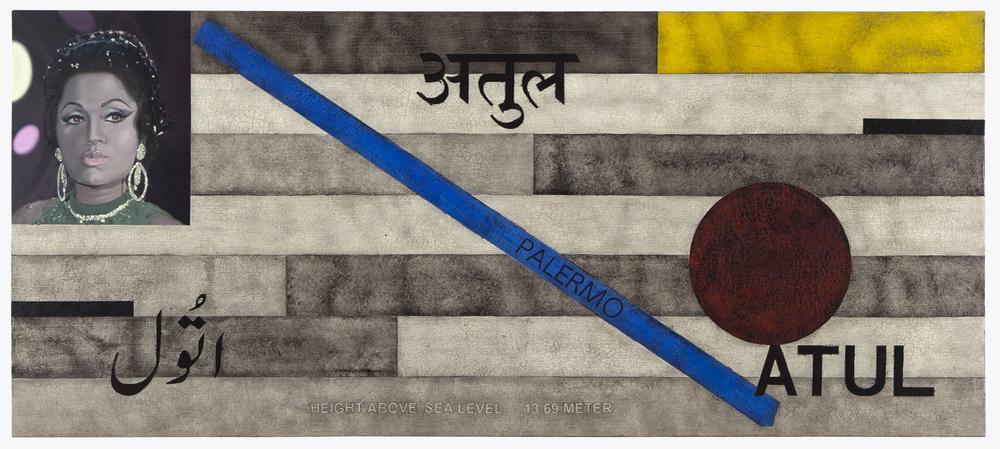
Fourteen Stations. (Atul Dodiya. 2012. Paintings in Oil, Acrylic with Marble Dust and Crackle Medium on Canvas. Image courtesy of Project Cinema City.)
Project Cinema City (2008-13) is arguably the most ambitious of all the artistic initiatives concerned with documenting cinema in India so far. It was primarily conceived by filmmaker Madhusree Dutta under the aegis of Majlis, a Mumbai-based organisation for women’s legal aid, of which Dutta formerly headed the cultural wing. This unique, research-driven inquiry into the multilayered relationship between the city of Bombay/Mumbai and its cinema(s) unfolded on an epic scale. Spanning five years, it embodied multiple artistic and academic iterations—including three publications and a series of exhibits across branches of the National Gallery of Modern Art (NGMA) in Delhi, Mumbai and Bengaluru in 2012—culminating in time for the centenary of Indian cinema the following year. Importantly, the exhibition examined cinema as a maze of multiple meanings, focusing as much on medium and site as the lived experience of cinema—how it permeates into and is influenced by the energies that sustain it, and its enduring association with industry, the everyday and the city. The exhibition, aptly titled Project Cinema City: Research Art and Documentary Practices and co-curated by artist Archana Hande, became, then, by its very nature, a multi-disciplinary, immersive exercise. Occupied with using art to disseminate alternative perspectives on cinema, it created a space where the cinematic archive could become a vehicle to transform research into public intervention.
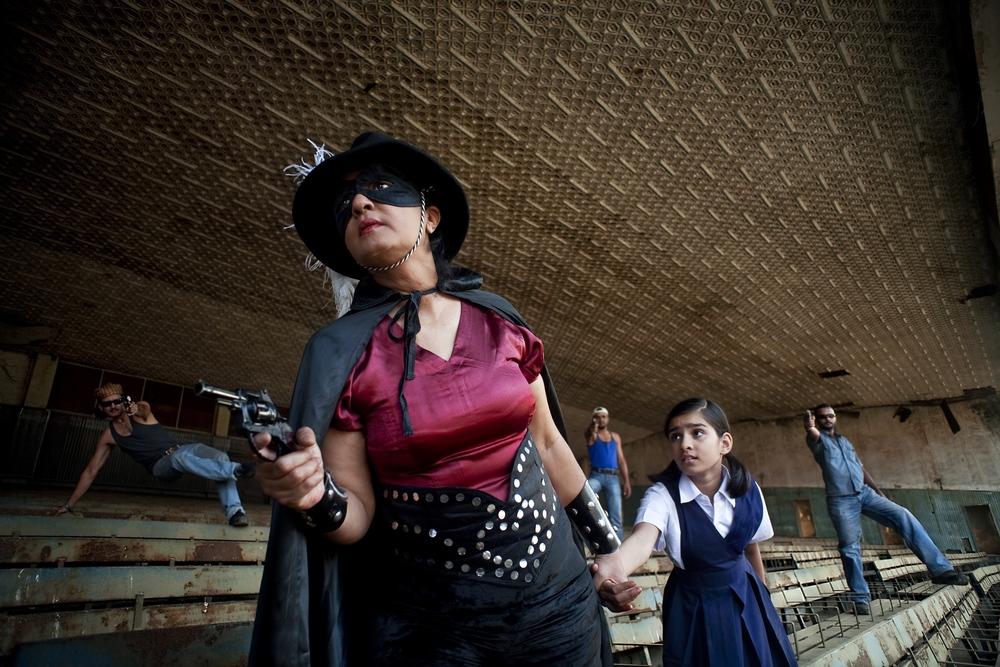
Return of the Phantom Lady Or Sinful City: A Photo Romance. (Pushpamala N. Photography by Clay Kelton. Actors: Arshiya Lokhandwala, Atul Dodiya, George Jose, Ghanshorebhai Tank, Katyani Joag, Pushpamala N., Tushar Joag. 2011. Image courtesy of Project Cinema City.)
The exhibition included a series of documentary practices, artworks and texts formulated via collaborations with over a hundred artists, writers, filmmakers, architects, designers, students, academics, media houses and institutions. This web of creative alliances was foundational to the infrastructure of the project, which was aimed at breaking down disciplinary boundaries and producing artworks that were simultaneously research works, art objects, pedagogic structures and archival processes.
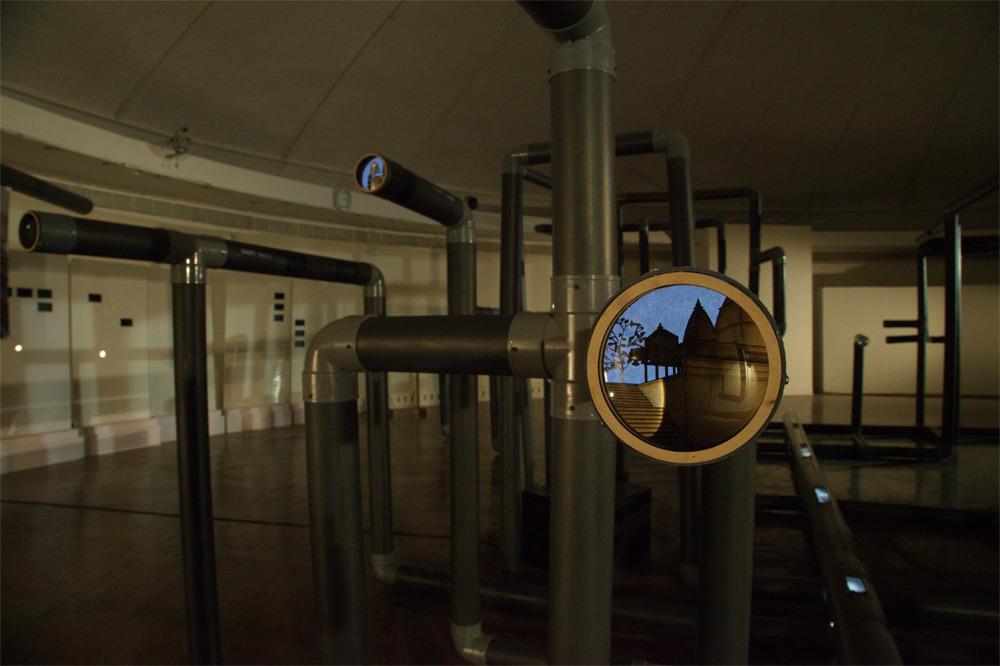
Installation View of Cinema City Lived: Pipeline Network at the National Gallery of Modern Art (NGMA), Mumbai, 2012. (Architecture: Apurva Parikh and Rohan Shivkumar. Objects Design: Apurva Talpade, Elizabeth Mathew and Shivani Shedde. 2012. A Map of the City Made of PVC Pipes with Graphics, Models, Objects and Moving Images. Image courtesy of Project Cinema City.)
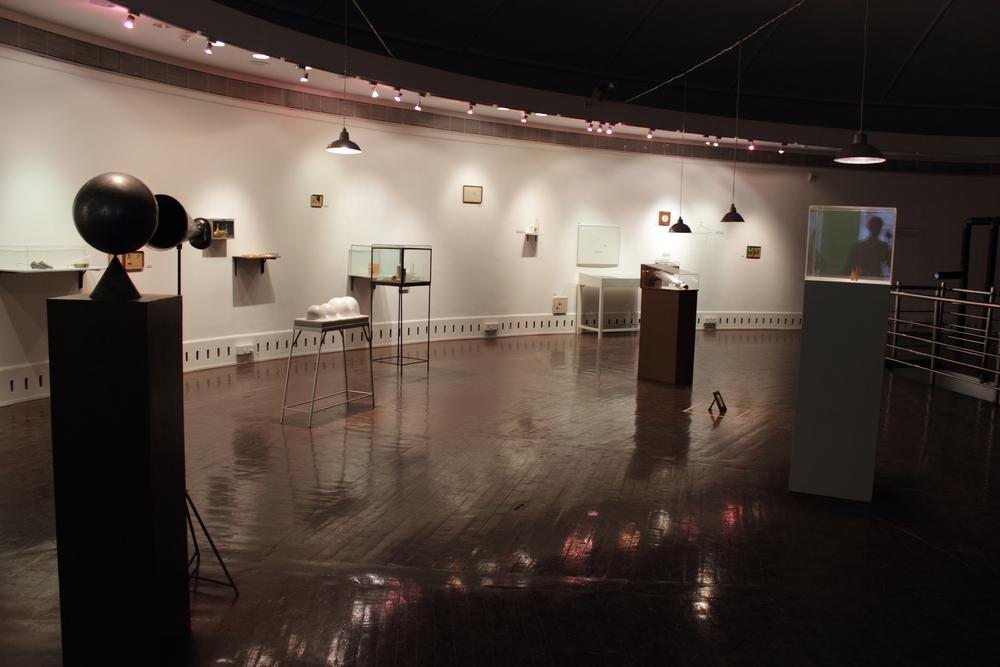
Installation View of Museum Shop of Fetish Objects/Vastusanghralaya Ki Dukan—Objects, Sculptures, Drawings at NGMA, Mumbai, 2012. (Shreyas Karle. 2012. Image courtesy of Project Cinema City.)
Project Cinema City brought together Dutta’s interest in the documentary impulse and its relationship with performativity to create an archive of cinema that went beyond the conservation of celluloid. Instead, it created a dynamic investigation of the vast networks of people and ideas that constitute the multiple intersecting, overlapping and conflicting economies of cinema and, by extension, the city that sustains them. Such a project preserves the experience of cinema as its enduring legacy, making it a unique and subversive exercise in archiving the contemporary.
To read more about Project Cinema City, please search for "Film as Art (Objects): Notes on Project Cinema City."
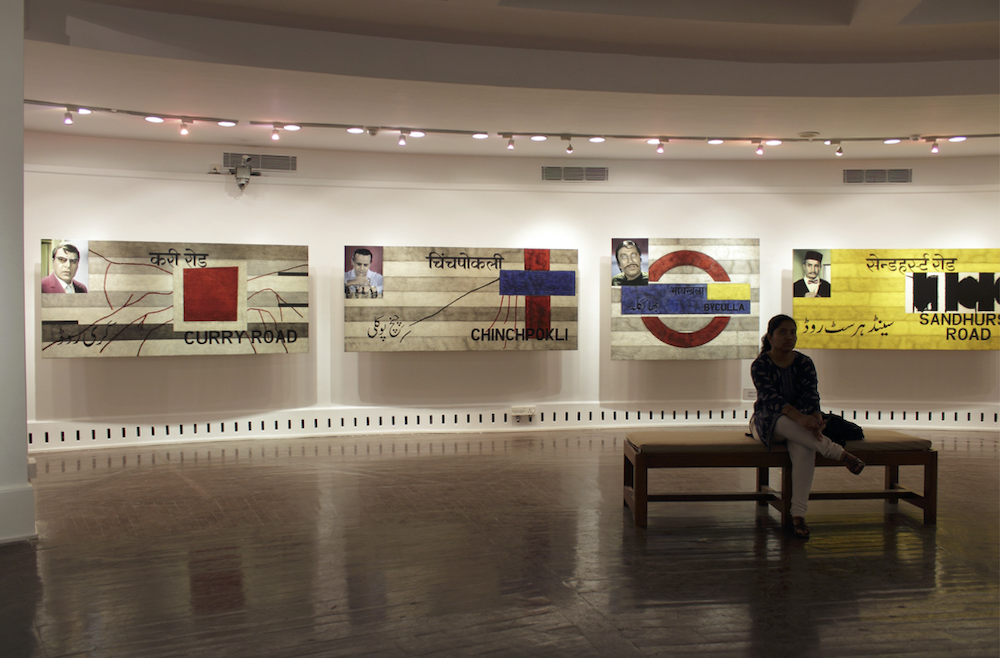
Fourteen Stations installed at NGMA, Mumbai, 2012. (Atul Dodiya. 2012. Paintings in Oil, Acrylic with Marble Dust and Crackle Medium on Canvas. Image courtesy of Project Cinema City.)




